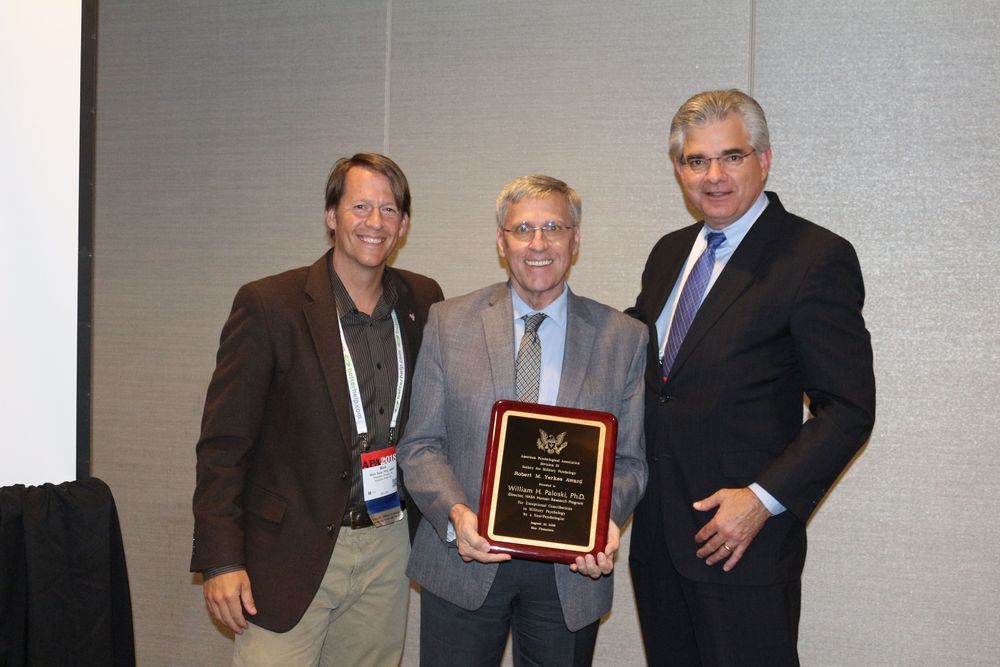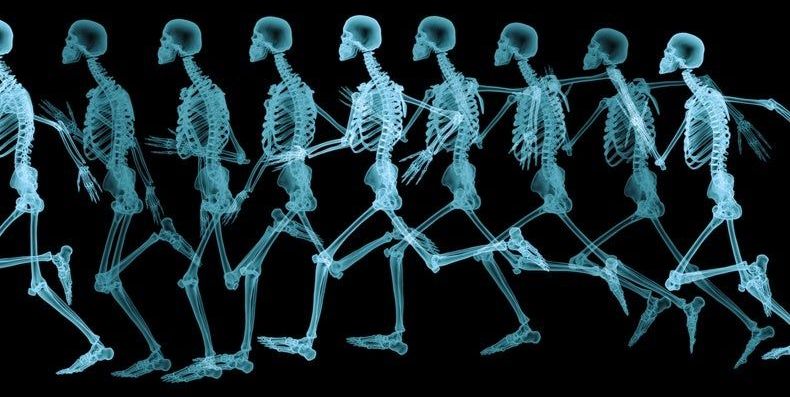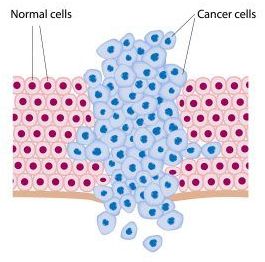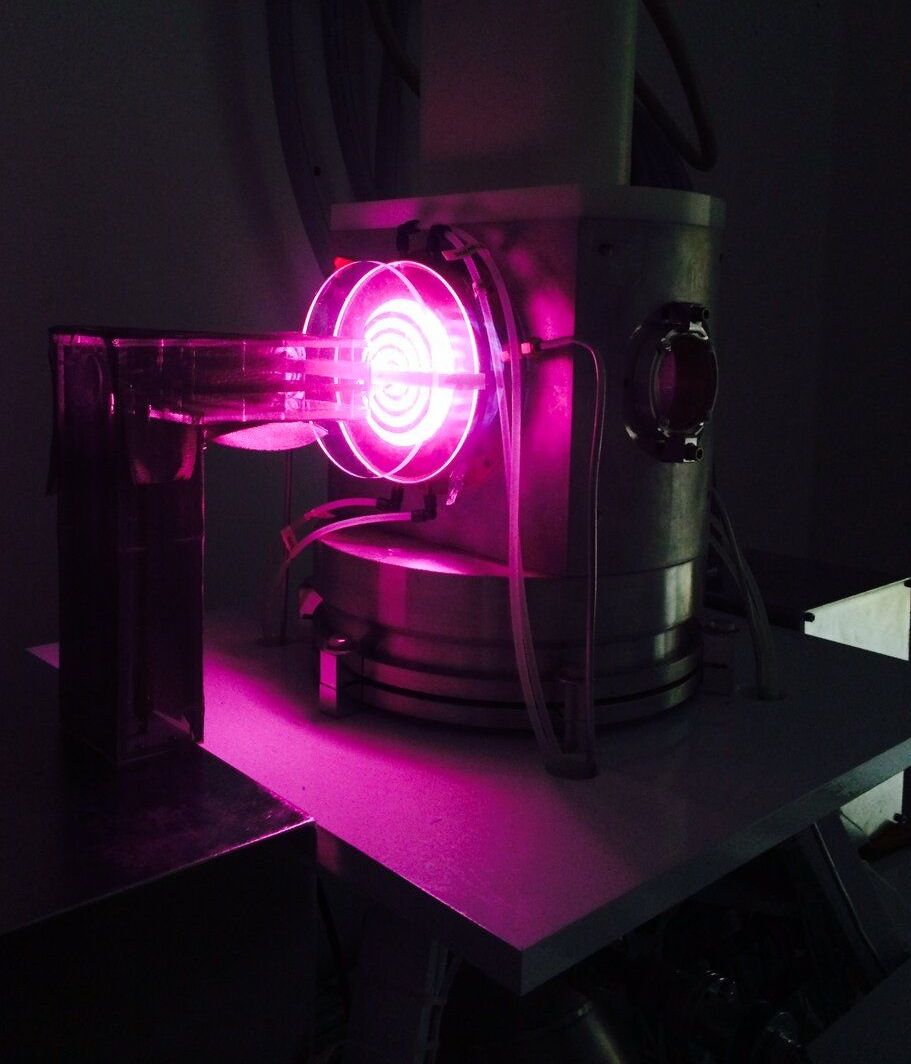Scientists are reporting the first use of the gene-editing tool CRISPR to try to cure a patient’s HIV infection by providing blood cells that were altered to resist the AIDS virus.
The gene-editing tool has long been used in research labs and a Chinese scientist was scorned last year when he revealed he used it on embryos that led to the birth of twin girls. Editing embryos is considered too risky, partly because the DNA changes can pass to future generations.
Wednesday’s report in the New England Journal of Medicine, by different Chinese researchers, is the first published account of using CRISPR to treat a disease in an adult, where the DNA changes are confined to that person.







 Malignant tumors release cells into a patient’s blood, meaning that researchers could detect the presence of cancer through a blood sample. The problem is that the cancerous cells enter the bloodstream and circulate so quickly that they may not appear in one single blood sample. This issue is what sparked Dr. Hayes and his team to develop a device that actually searches for the cancerous cells.
Malignant tumors release cells into a patient’s blood, meaning that researchers could detect the presence of cancer through a blood sample. The problem is that the cancerous cells enter the bloodstream and circulate so quickly that they may not appear in one single blood sample. This issue is what sparked Dr. Hayes and his team to develop a device that actually searches for the cancerous cells.

